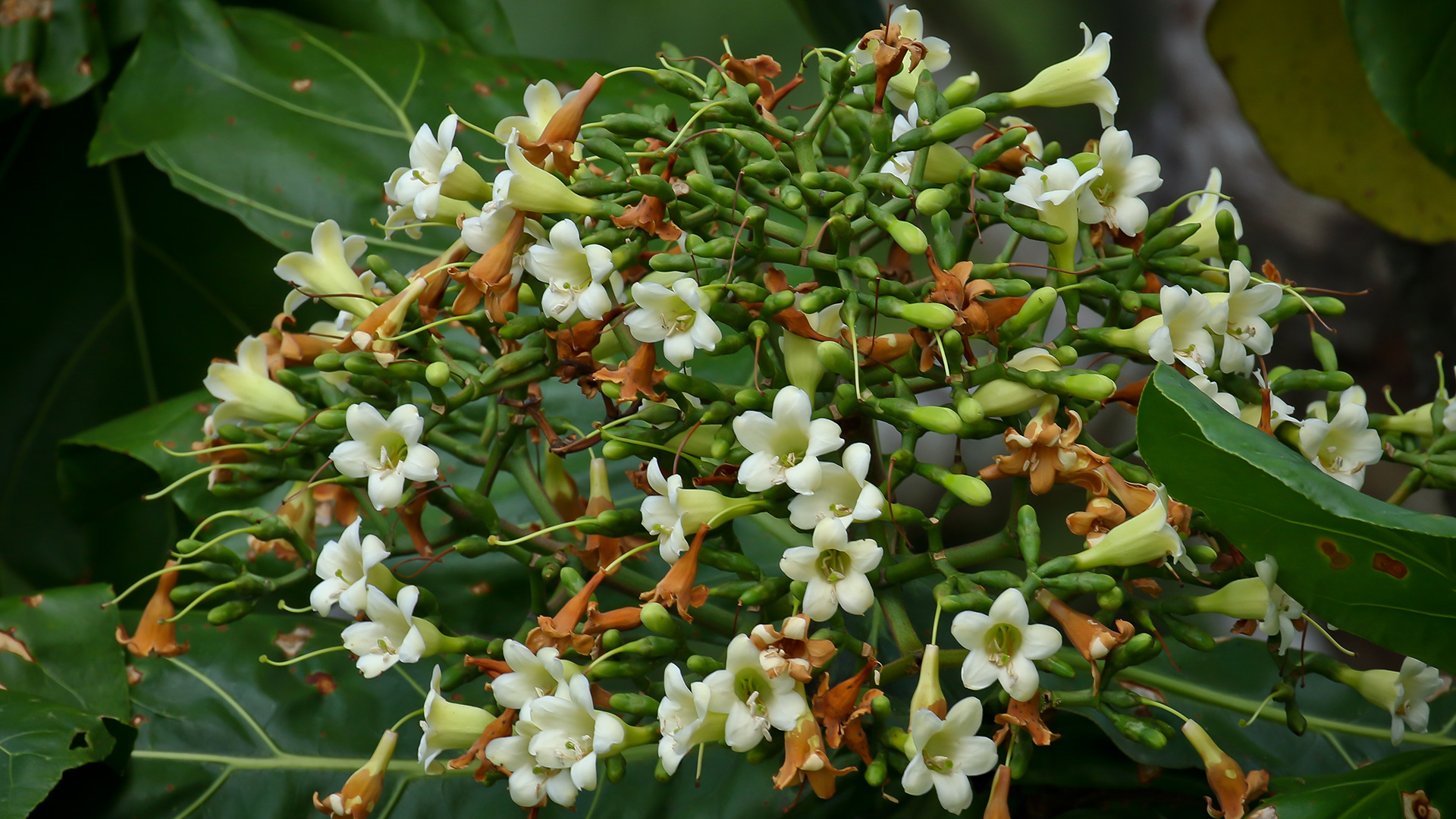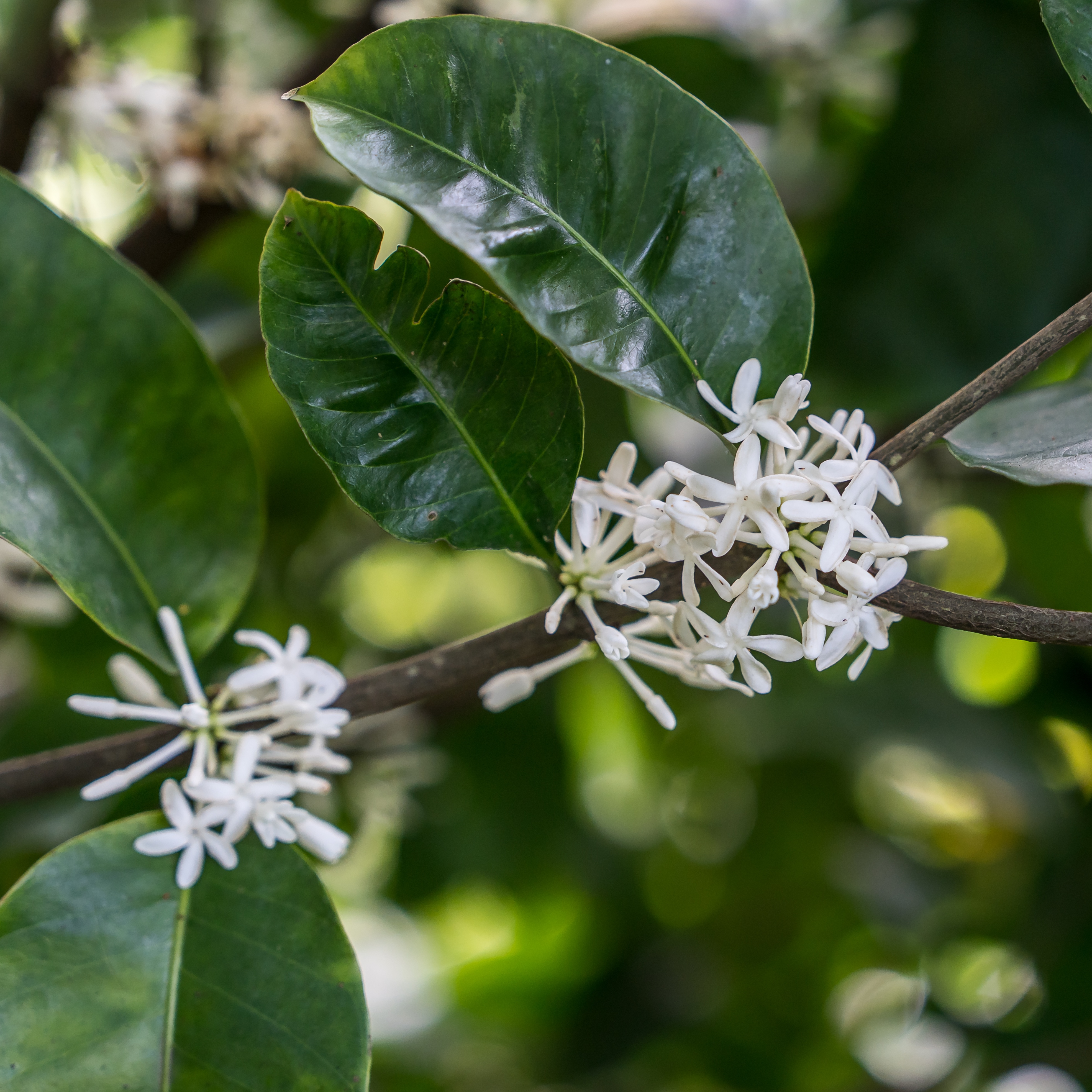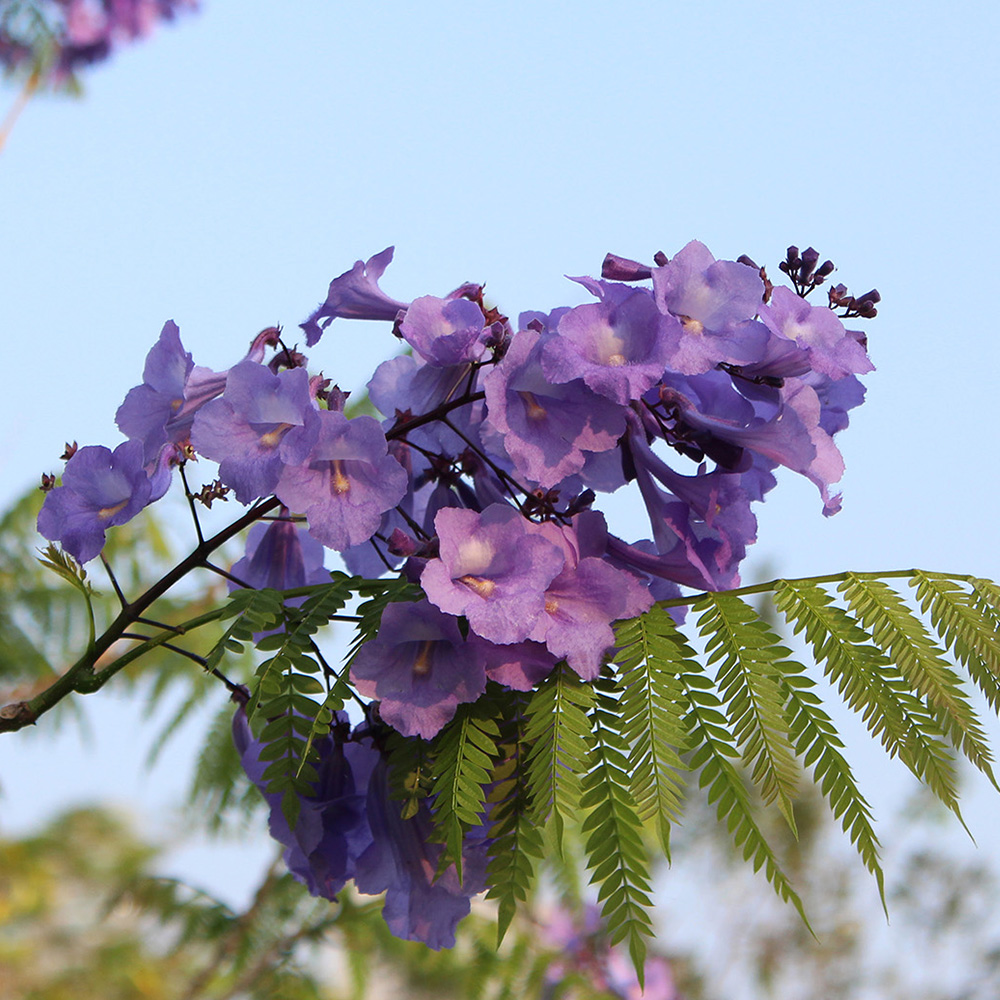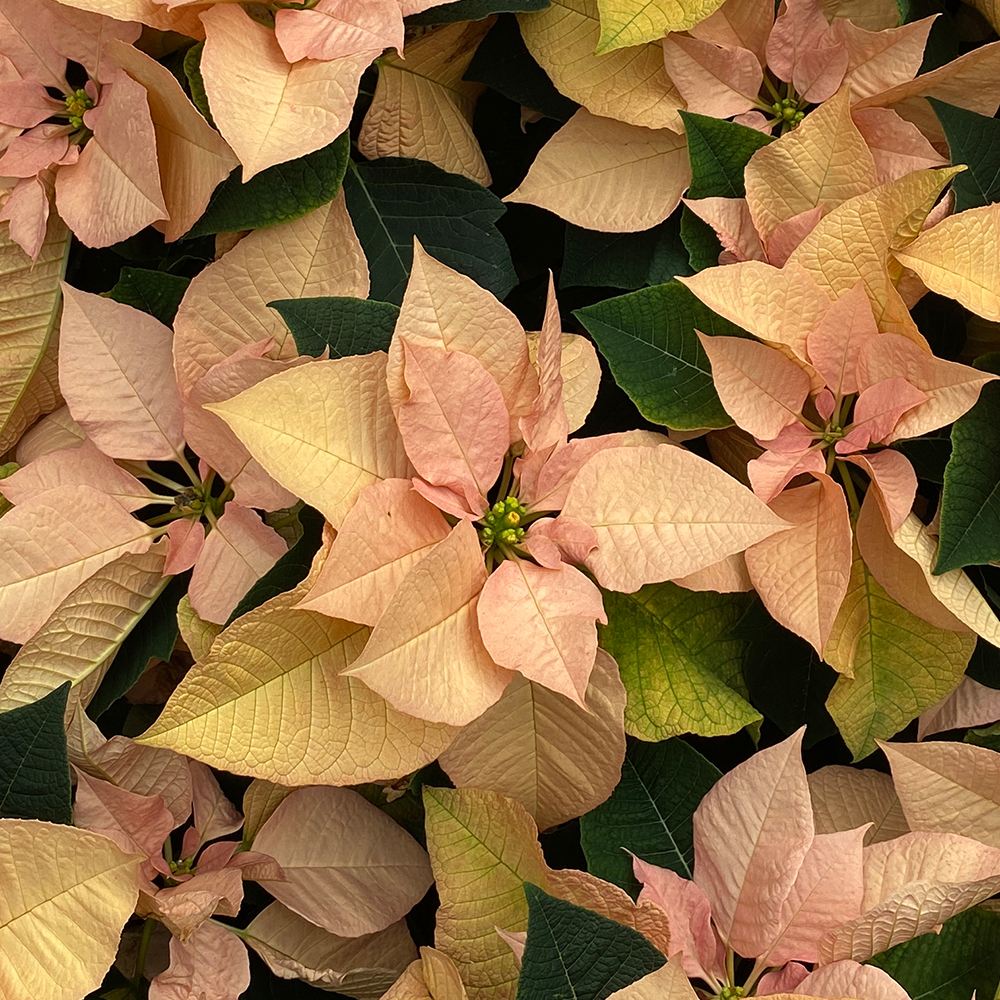Japanese Skimmia (Skimmia japonica)
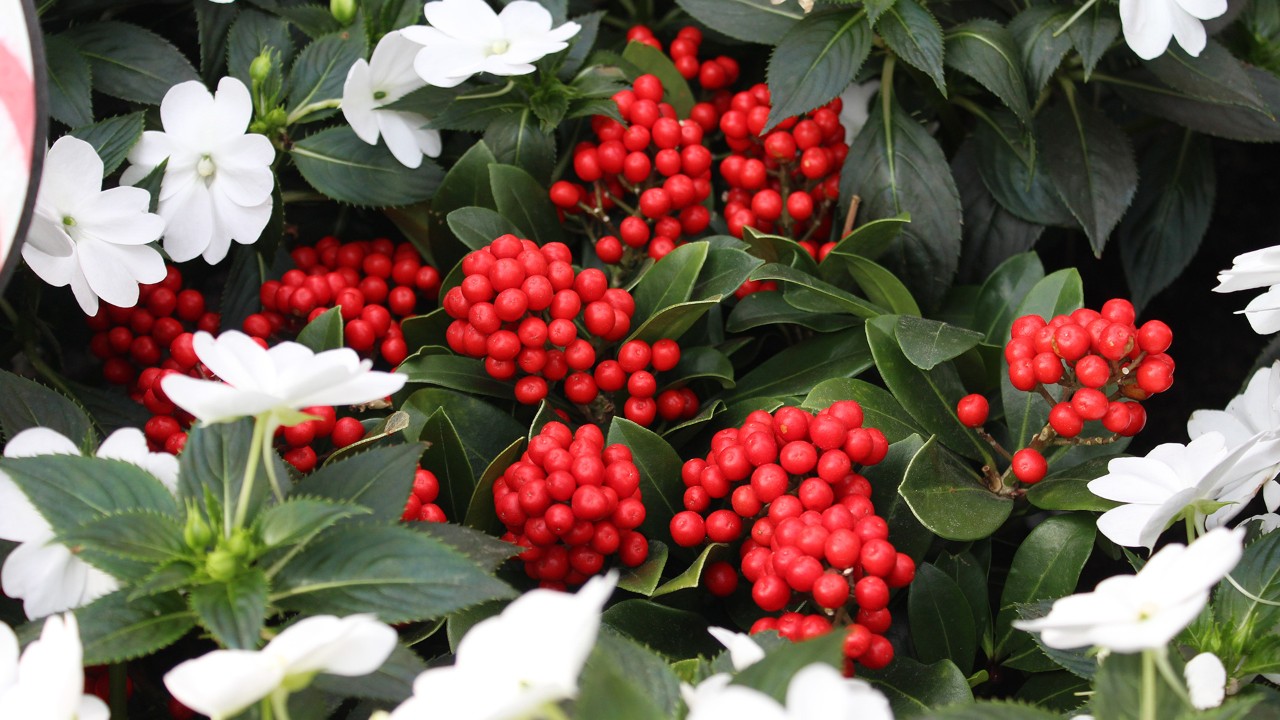
Returning to our Flower Field’s Christmas displays are the Japanese skimmia (Skimmia japonica), an unassuming member of the citrus family (Rutaceae)!—yes, I was equally surprised too! Despite their common and scientific names, these shrubs are not only native to the woodlands of Japan but also found in southeastern China and the northern regions of Southeast Asia.
Their association with Christmas is not only for their wintertime red berries but their frost-tolerance and evergreen nature. While most plants would have shed their leaves and gone bare, the Japanese skimmia retains their green foliage during winter. In the warmer seasons, these hardy plants can also grow perfectly well in dappled or deep shade under the cover of trees. One would wonder whether these extremely hardy shrubs are even real!—unfortunately, that only applies in temperate regions as these plants don’t grow as well in tropical Singapore.
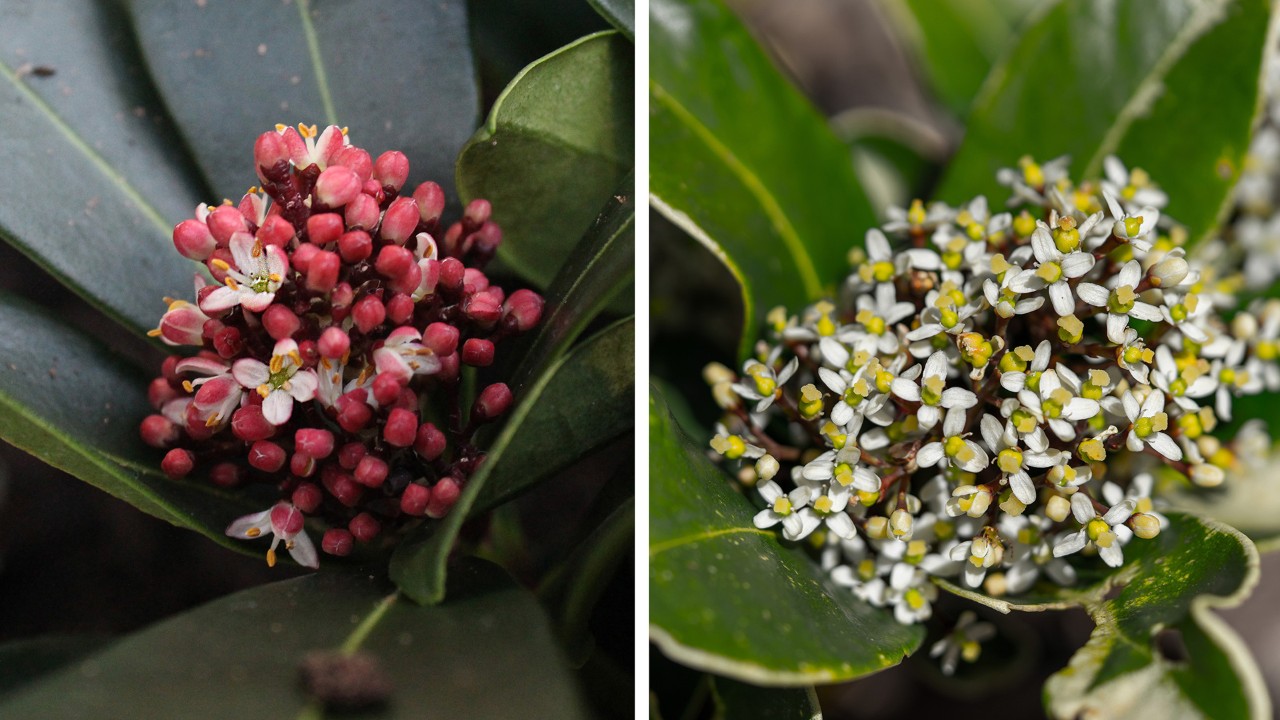 Male plants are often cultivated as ornamentals for their flowers, with many varieties having petals with red-pinkish exteriors like our flowering male plants on display (left). A male flower has four stamens while a female flower bears a single pistil (right).
Male plants are often cultivated as ornamentals for their flowers, with many varieties having petals with red-pinkish exteriors like our flowering male plants on display (left). A male flower has four stamens while a female flower bears a single pistil (right).
Being dioecious, the Japanese skimmia produces either male or female flowers on a single plant. This means that plants of both sexes have to be grown together to get the red fruits. Male and female plants bloom in the spring, with fertilised female flowers eventually developing into mature fruits in autumn. These fruits will often remain on the plants throughout winter and, in some instances, might even persist into their next flowering season in spring. The berries are usually untouched in most gardens as they are reportedly shunned by birds outside their native habitat.
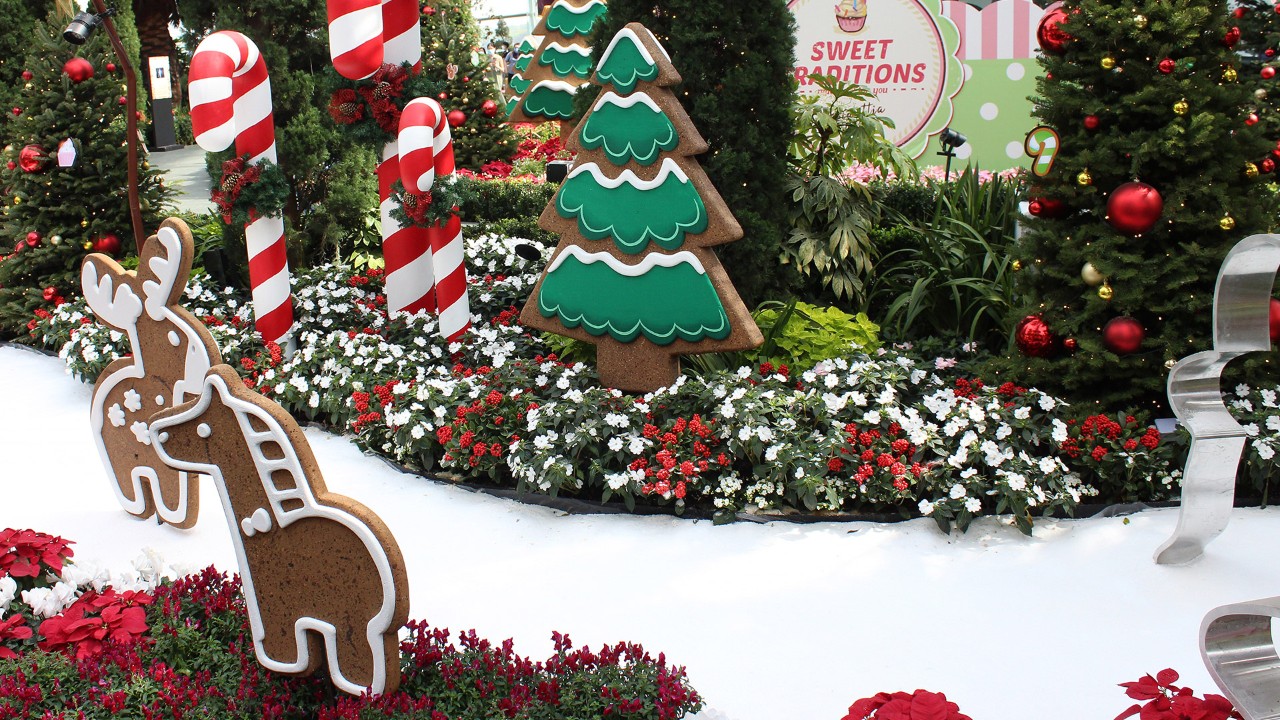 Pairing the red-berried Japanese skimmias with the white-flowered Busy Lizzie (Impatiens walleriana) playfully mirrors the colour of the large candy canes in our Christmas display!
Pairing the red-berried Japanese skimmias with the white-flowered Busy Lizzie (Impatiens walleriana) playfully mirrors the colour of the large candy canes in our Christmas display!
With such a hardy nature and attractive, long-lasting fruits, these plants are deserving of their place in our Christmas display! Spot both male and female plants in their flowering and fruiting states, respectively, here at the Flower Dome’s Poinsettia Wishes from now until January 3rd, 2022!
Written by: Hazri Boey, Senior Horticulturist (Gardens Operations)
Hazri not only surrounds himself with plants at work; he has an abundant collection at home too! Having nurtured a keen interest in nature since young, he might have gone on to become a zookeeper caring for owls or sloths had it not been for his plant identification talent!
